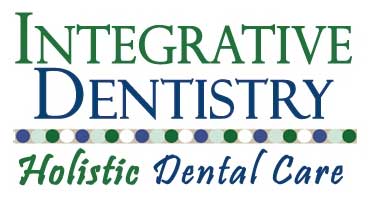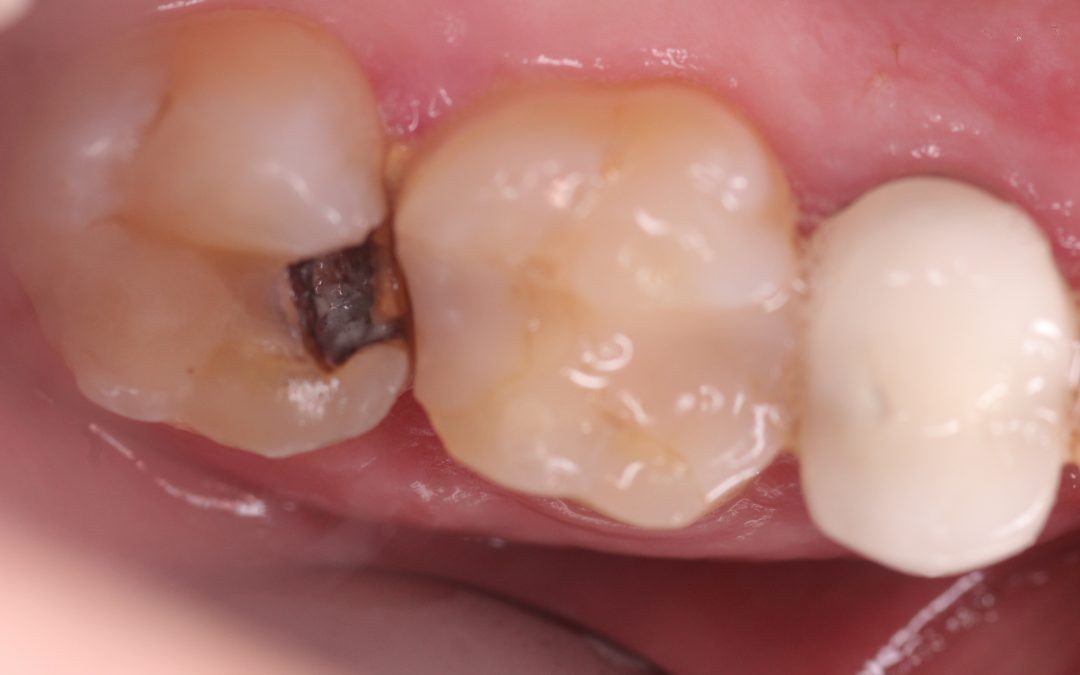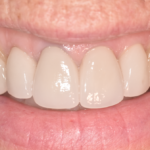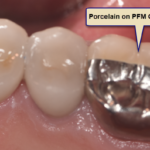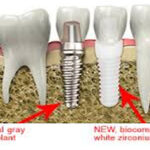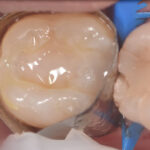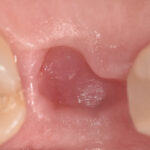Is there a way to prevent root canal infection from cavities and deep decay in a tooth? Absolutely. I do it almost on a daily basis. The secret to preventing root canals from deep decay is by using Ozone.
One of the ways I help my patients is by preventing root canals that have been diagnosed by other dentists. These are teeth that have deep decay visible on Xrays and may even have symptoms and pain. Just because a tooth is sensitive or has pain does not automatically mean that the tooth is doomed and needs a root canal. Far from it. Many times I have had teeth I thought were hopeless and already infected that I found were vital and the blood supply was still intact and working to bring immune cells and nutrients into the tooth. Often these teeth can be maintained and kept healthy. A vital tooth is always better and stronger than a tooth that has had it’s nerve and blood supply removed through root canal treatment.
Why dentists do so many root canals
I think it is partially preventative in nature. Dentists want to get you out of pain, and removing the nerve of the tooth does just that. After the nerve is removed from the tooth you don’t feel anything. The problem with that is that the blood supply is removed as well, meaning that the tooth cannot fight infection and bacteria anymore inside the tooth and it’s tubules. Please read my other posts on this subject on this blog, especially the last one.
Why I like Ozone so much
In many cases I have been able to keep the tooth healthy and prevent root canals with ozone. This is because it stimulates blood flow, oxygenates the whole area you are treating, and most importantly kills the bacteria that will infect your tooth and drain into your body.
The second reason why I like ozone is that it feeds directly into my philosophy of why I am a holistic dentist and why I go to work every day:
- Ozone works to heal people’s teeth
- Ozone works to restore function where there is disfunction
- Ozone works to remove toxins and endotoxins for teeth and the mouth
- Ozone works to reduce and even remove pain
- Ozone works to support overall health
I’ve heard that too much Ozone may be bad for me. Is this true?
In my experience, the answer is no. Expecially if you control its application. I have three suction devices that removes all excess ozone from the area. It has been shown that ozone is only a problem in a dental setting if it is breathed in as it is not good for our lung tissue. Otherwise, ozone is perfectly fine and in fact beneficial to the body as it breaks down to simple oxygen when exposed to other tissues in the body. One warning however. I use ozone at concentrations that are not recommended for home use and ozone should not be used outside of a clinical setting. One reason is that I use ozone from a medical grade oxygen tank that is pure and sterile. You don’t want to be concentrating impurities or toxic elements form the air. The other reason is that I can control its application and keep you protected from breathing it in. Both of these points are important to keep you safe.
If you have a cavity, how to prevent a root canal from happening
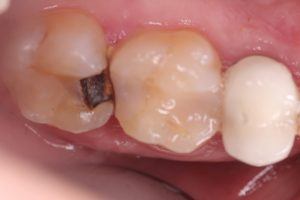 The best way for me to tell you how I do this is to show you an actual case I treated recently in my office. From the first picture to the right you can clearly see that they tooth has a large cavity. Normally, this kind of decay would result in a root canal.
The best way for me to tell you how I do this is to show you an actual case I treated recently in my office. From the first picture to the right you can clearly see that they tooth has a large cavity. Normally, this kind of decay would result in a root canal.
I don’t like doing root canals, do I will go to extrordinary measures to avoid them. When a root canal is recommended, I will often try to remove the decay and restore the tooth. This way the tooth has a fighting chance of recovering and remaining vital in the process.
However, there is a specific way I do this and a protocol that I use that I have developed over the years to have a high level of success in treating these teeth. The goal is to:
- Remove the decay or cavity without exposing the nerve and blood supply of the tooth in the process
- Apply Ozone at high enough concentration to kill the remaining tooth in the remaining tooth proecting the root canal
- Apply a specific type of water to hydrate the tubules and help the Ozone penetrate even deeper into the tooth
- Seal the tooth with a resin without having to over etch the tooth and creating more inflammation or irritation in the process
Pictures of the actual Ozone Protocol I use
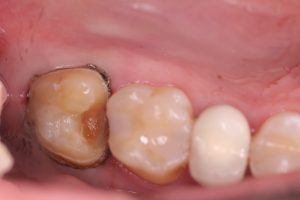 Here is a picture of the tooth with most of the decay removed. The tooth is hard but still has some bacteria in it. The reason why I don’t remove all the affected dentin is that I will perforate into the nerve chamber, thus exposing the delicate pulp tissue to bacteria and the mouth. This greatly increases the chances of causing a root canal.
Here is a picture of the tooth with most of the decay removed. The tooth is hard but still has some bacteria in it. The reason why I don’t remove all the affected dentin is that I will perforate into the nerve chamber, thus exposing the delicate pulp tissue to bacteria and the mouth. This greatly increases the chances of causing a root canal.
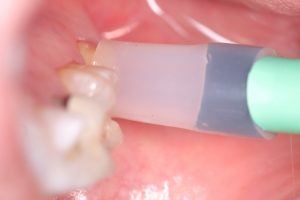 In this picture I am applying the Ozone gas to the tooth directly. You can see that the tooth is sealed so that the Ozone stays in contact with the tooth as maintains its potency. This takes between one and two minutes to soak into the tooth and treat it, killing the bacteria that remains there. Keep in mind you don’t want to seal any bacteria inside the tooth as it will continue to irritate and inflame the nerve and blood supply of the tooth and possibly cause a root canal later.
In this picture I am applying the Ozone gas to the tooth directly. You can see that the tooth is sealed so that the Ozone stays in contact with the tooth as maintains its potency. This takes between one and two minutes to soak into the tooth and treat it, killing the bacteria that remains there. Keep in mind you don’t want to seal any bacteria inside the tooth as it will continue to irritate and inflame the nerve and blood supply of the tooth and possibly cause a root canal later.
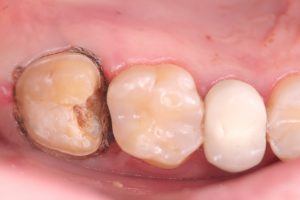 This is a picture of the same tooth after the ozone has been applied. See how the tooth looks frosty or etched? This is typically how the tooth will look after ozone is applied and how I know that the ozone is working to kill the remaining bacteria in the tooth.
This is a picture of the same tooth after the ozone has been applied. See how the tooth looks frosty or etched? This is typically how the tooth will look after ozone is applied and how I know that the ozone is working to kill the remaining bacteria in the tooth.
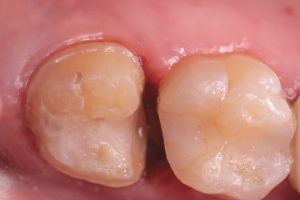 At this point the tooth is ready to be sealed with a build up resin so that the tooth is sealed and more bacteria cannot enter the tooth. there is a little more that goes into it, but that’s the just of it.
At this point the tooth is ready to be sealed with a build up resin so that the tooth is sealed and more bacteria cannot enter the tooth. there is a little more that goes into it, but that’s the just of it.
Now the tooth is sealed and the nerve and delicate blood supply are protected. As long as the health of the the root canal is maintained the tooth will continue to try to heal the tooth from the inside. In a vital tooth the blood vessel will release nutrients, minerals and immune cells into the tubules of the tooth to continue to heal the hard structure of the tooth around it.
In essence the ozone causes a scab in the tooth and the pulp tissue in the root canal is usually able to heal it from within. The tooth becomes hard again through remineralization only possible because all the bacteria was killed by the Ozone. This re-hardened tooth is called secondary dentin and it is just as good as normal tooth structure.
So in essence we have saved the tooth by turning back the clock on the cavity that was threatening the health of the nerve. We have created healthy tooth to protect the nerve when before it was decayed or diseased tooth. Now we can go on to restore the tooth with a porcelain crown in this case.
Ozone Saved These Teeth from Root Canals
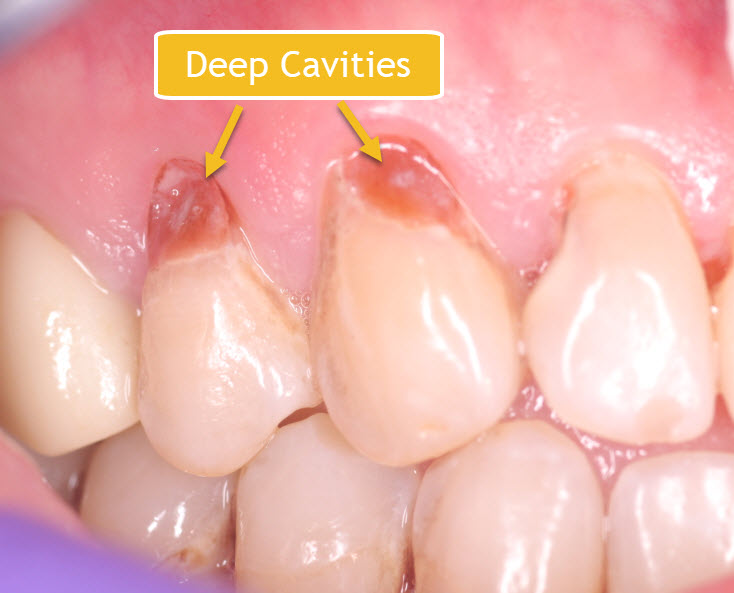
Normally decay this deep at the gumline would result in root canals, because the bacteria would have already reached and infected the nerve.
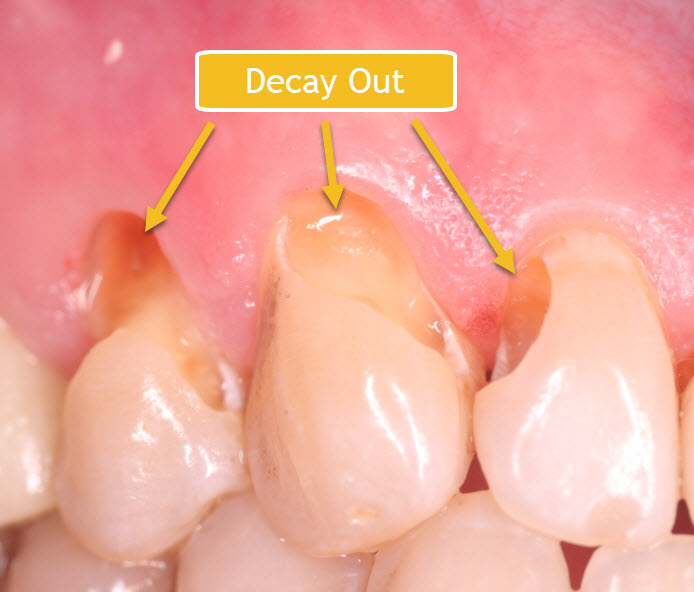
Here is a picture with most of the decay having been carefully removed. I say carefully because I use a hand instrument at the deepest part of the tooth to prevent going into the nerve.
You see that the teeth are still brown. That is because I did not remove 100% of the affected tooth structure called dentin.
I removed enough though to get down to hard solid tooth. That is enough. Any farther and I am risking a root canal for sure!
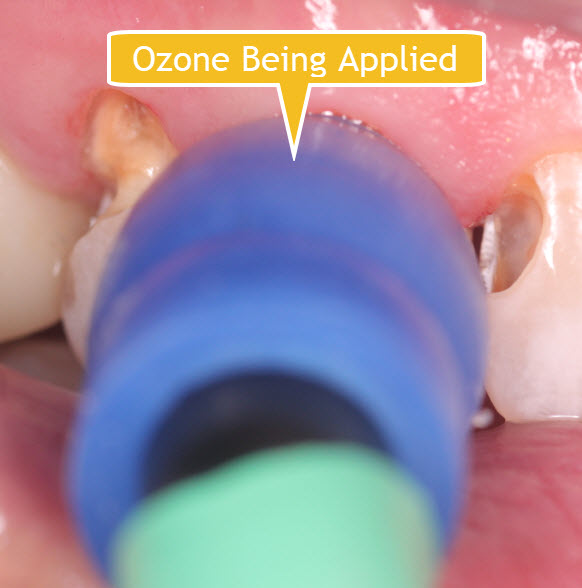
Then I soak the tooth with ozone gas or air, which sterilizes the tooth by killing any remaining bacteria even in the tubules of the root itself.
Ozone also stimulates the nerve inside the tooth and promotes healing by lowering inflammation.

This is what the tooth looks like after hitting it with ozone gas for a minute. It looks etched or frosty. Notice you see much less brown on the tooth surface. I can guarantee you that there is no bacteria left at this point. So the tooth is ready to restore.
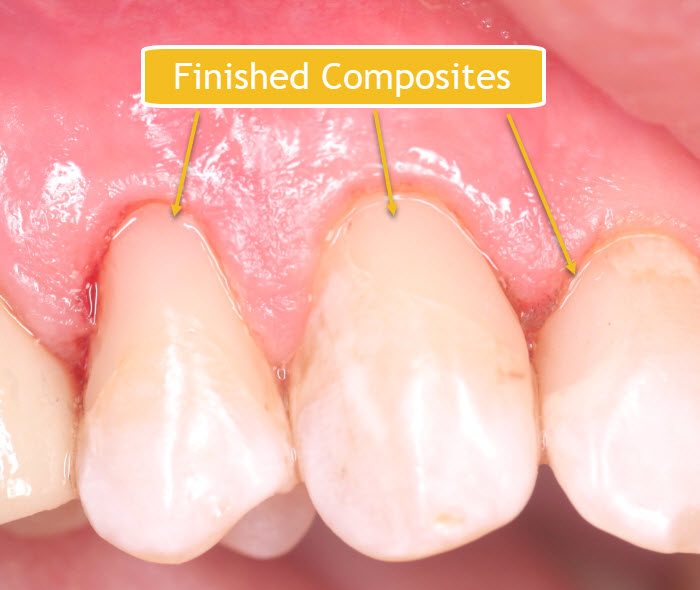
These are the teeth after white composite fillings are placed. The teeth are totally sealed, so they can now heal by laying more healthy tooth down to strengthen the tooth even further.
I would much rather my patients have this result rather than the dreaded root canals and crowns.
If you are interested in seeing if your tooth could benefit from this protocol, feel free to email me an Xray or come in for an exam. I would be glad to see if Ozone Therapy might help you save you from needing a root canal.

Carey O’Rielly DDS has been a practicing dentist for 35 years. He went to USC Dental School and Duke University for his undergraduate degree. He grew up in Laguna Beach and now lives in La Costa with his wife Victoria, who runs his office.
He began his career by owning and operating a network of six offices in the San Francisco Bay Area. Presently he owns a private holistic practice in North County San Diego’s Encinitas.
Dr. O started looking for solutions to his health challenges that resulted from the stress and environmental toxicity that built up over a ten year period running his dental network. He has dedicated himself to learning about oral systemic problems and how dentistry can affect your health. He has applied what he has learned over the last twenty years to ensure he, his staff and his patients are protected from the chemicals and toxic materials found in most dental offices. He has produced an environmentally friendly office that is also peaceful and calm.
He is an expert on dental materials having looked at hundreds of biocompatibility lab tests over the years. He has identified the most bio-friendly materials to use in his practice and which dental materials can be used to replace metal fillings and crowns, including BPA free and fluoride free ‘white’ fillings. He also uses metal-free Zirconia or ceramic implants and PRF (platelet-rich fibrin) grafting materials which come from the patient’s own blood.
Dr. O’Rielly teaches C.E. courses on the systemic effects of gum disease. He is an expert in using phase contrast microscopy for analyzing dental infections, where he shows patients what kind of microbes, i.e. bacteria, amoeba, and yeasts like candida are populating the mouth and affecting the body as a whole.
He has an educational blog and is writing a book on dental health called ‘Hidden Dental Infections: Healing Root Canals and Infected Teeth with the Erbium Laser’ where he discusses dental nutrition, toxic dental materials and the effects of old root canals on inflammation and overall health.
